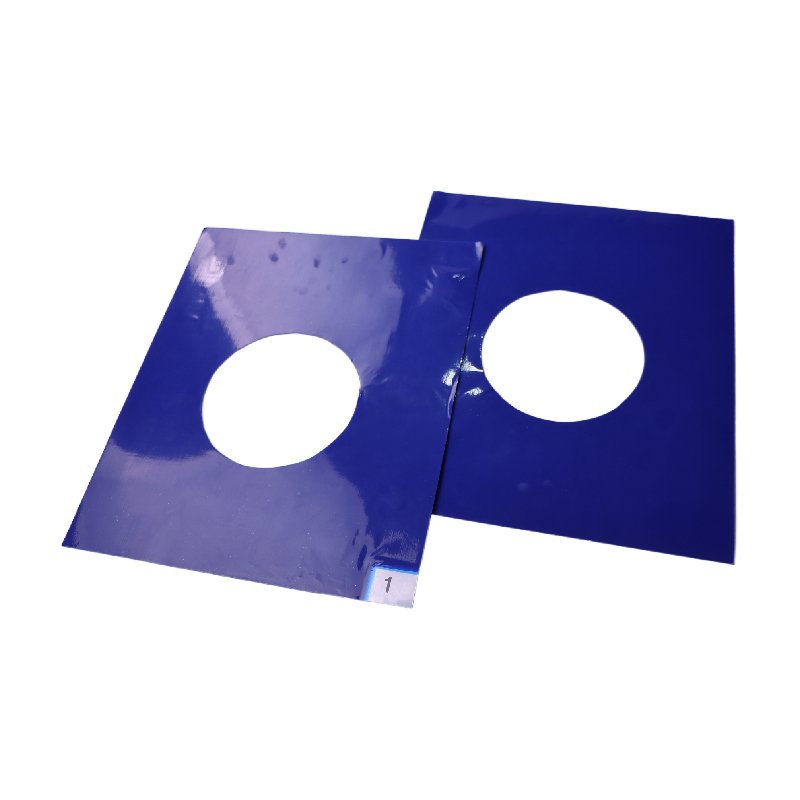Every year, workplace electrical accidents result in serious injuries and costly downtime. According to OSHA, one of the leading causes of electrical accidents in industrial facilities is improper insulation between workers and live electrical equipment. This is where insulation rubber mats come into play. These mats provide a protective barrier that prevents current from passing through the body to the ground, reducing the risk of electric shock during maintenance or operations.
But choosing the wrong insulation mat—or confusing it with an anti-static (ESD) mat—can lead to catastrophic failures.
What Is an Insulation Rubber Mat?
An insulation rubber mat, also known as an electrical safety mat, is designed to withstand high voltages and protect personnel from electric shock. Unlike ESD mats, which only dissipate static electricity, insulation mats provide dielectric strength to block dangerous voltages.
Core Functionality
-
Prevent current flow from the operator to the ground
-
Protect against accidental contact with energized components
-
Provide non-slip, durable flooring for high-risk zones
Typical installation areas include switchgear rooms, transformer bays, control panels, substations, and industrial workshops.
Key Standards: IEC 61111 and ASTM D178 Explained
When selecting insulation mats, compliance with international standards is critical. The two most recognized standards are:
-
IEC 61111 (International): the globally recognized standard issued by the International Electrotechnical Commission (IEC) for live working – insulating mats for electrical purposes. It specifies the design, testing, and performance requirements for mats intended to protect workers operating in high-voltage areas.
-
ASTM D178 (USA): published by ASTM International, covers rubber insulating mats used in electrical installations in North America. It is widely referenced in OSHA (Occupational Safety and Health Administration) guidelines.
Understanding Voltage Classes and Thickness Requirements
What is the most common mistake when buying insulation mats? Ignoring voltage classes. Mats are rated based on maximum working voltage and thickness:
| Class | Max Use Voltage (AC) | Min Thickness |
|---|---|---|
| Class 0 | 1,000 V | 2.0 mm |
| Class 1 | 7,500 V | 3.0 mm |
| Class 2 | 17,000 V | 3.0 mm |
| Class 3 | 26,500 V | 4.5 mm |
| Class 4 | 36,000 V | 5.0 mm |
Pro Tip: If you’re working in a switchgear room rated at 11kV, you need Class 2 mats or higher.
Insulation Mats vs ESD Mats
Many buyers confuse ESD mats (used to dissipate static in electronics assembly) with insulation mats. This is a dangerous error.
-
ESD mats protect sensitive electronics from static charges, but they do NOT provide dielectric protection.
-
Insulation mats protect human life from lethal voltages.
If your application involves high-voltage equipment, ESD mats are not a substitute.
How to Choose the Right Mat: A Step-by-Step Guide
-
Identify Maximum Operating Voltage – Check your equipment’s rated voltage.
-
Select Compliance Standard – IEC 61111 or ASTM D178.
-
Determine Class & Thickness – Refer to the class table above.
-
Check Surface Type – Ribbed for anti-slip, smooth for cleanrooms.
-
Consider Environment – Oil-resistant, flame-retardant, or chemical-resistant options for industrial zones.
-
Request Test Certificates – Verify dielectric strength and proof test.
Common Mistakes to Avoid
-
Using PVC flooring instead of certified mats
-
Buying based on price, ignoring voltage rating
-
Skipping periodic dielectric testing
-
Installing mats without securing edges (trip hazard)
Maintenance and Testing for Long-Term Safety
IEC and ASTM standards recommend regular inspection and dielectric testing:
-
Visual inspection: Cracks, cuts, and surface degradation
-
Electrical test: Annual or semi-annual dielectric test
-
Cleaning: Use non-conductive cleaners only
Best Practices for Installation
-
Place mats in front of switchboards, control panels, and live equipment
-
Ensure mats cover operator standing zone completely
-
Avoid overlap with grounding surfaces
Conclusion
Choosing the right insulation rubber mat isn’t optional—it’s life-saving. Always select mats tested to IEC 61111 or ASTM D178, match the voltage class to your equipment, and maintain a strict inspection schedule. The cost of compliance is far less than the cost of an accident.
FAQ
Q1: Can I use an ESD mat instead of an insulation mat?
No. ESD mats only dissipate static charges and do not protect against high voltage.
Q2: How often should insulation mats be tested?
At least once a year or per your local regulations.
Q3: Are insulation mats reusable after water exposure?
Yes, if completely dried and retested for dielectric integrity.




